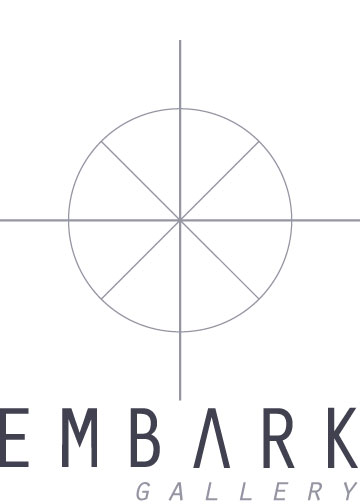Cocktail Party Effect
UC Davis Thesis Preview
05.13.16-06.11.16
Coined by cognitive scientist Colin Cherry in 1953, the “Cocktail Party Effect” describes the filtering out of a multitude of sounds in order to focus on a particular conversation. It involves tuning into a single voice and detecting objects of importance, while tuning out visual and auditory clutter. Like the viewing of artwork, it works best when “hearing with both ears,” letting the senses fully activate in engagement with the object.
Over the last two years, each artist represented in this exhibition has collected and processed ideas and materials, listening for that singular voice amid the din. They have arrived at a place unique to their research. The work you see here is the culmination and distillation of that process, presented through painting, performance, installation, video, sculpture and printmaking.
Artists: Sarah Chan
Zack Clark
Anna Davidson
Kristin Hough
Jeff Mayry
Julian Tan
Brett Alex Thomas
Angela Willetts
About the UC Davis Art Studio M.F.A. Program:
The Master of Fine Arts Degree in Art Studio, established in 1969, is a twoyear, critically engaged studio program that provides an opportunity for interdisciplinary study in the visual arts. As part of a small tight knit community, students explore a wide range of media and approaches to studio practice. Current faculty members include Shiva Ahmadi, Tom Bills, Darrin Martin, Hearne Pardee, Lucy Puls, Annabeth Rosen, Young Suh, Robin Hill, Tim Hyde and Gina Werfel.
Students explore a wide range of media and approaches to studio practice. Drawing on the strengths of a multidisciplinary research campus, the program encourages research collaborations connecting the arts, humanities, social sciences and sciences. The program is committed to delivering an innovative educational curriculum that promotes the blending of art theory and creative practice, with a goal to prepare students for professional engagement in the arts, including but not exclusive to academic careers. We aim to advance theories, methods, tools, and knowledge in emerging areas of studio art practice.





